Cover photo by Georg Jacobs.
Find the Ferruginous Glider in the FBIS database (Freshwater Biodiversity Information System) here.
Family Libellulidae
Identification
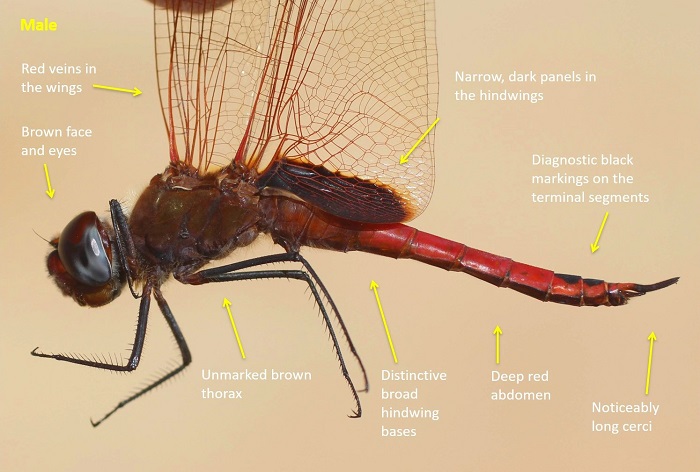
Kruger National Park, Mpumalanga
Photo by Gerhard Diedericks
Medium sized
Length up to 52mm; Wingspan up to 94mm.
The Ferruginous Glider most resembles Tramea basilaris (Keyhole Glider). That species is similar in both size and shape but has more extensive and differently shaped markings at the base of the hind wings. Tramea limbata has a deep red rather than orange-red abdomen and a brown face and eyes. Tramea basilaris has a red face with variable amounts of yellow and dark red eyes.
Females closely resemble the males but have broader abdomens and their dark wing panels are rounder and slightly wider.
Click here for more details on identification of the Ferruginous Glider.
Habitat
The favoured breeding habitat of the Ferruginous Glider is open, shallow water bodies such as pans, lakes, dams, and marshes. The Ferruginous Glider prefers ephemeral wetlands. Non-breeding adults are regularly found in a variety of other habitats away from water.
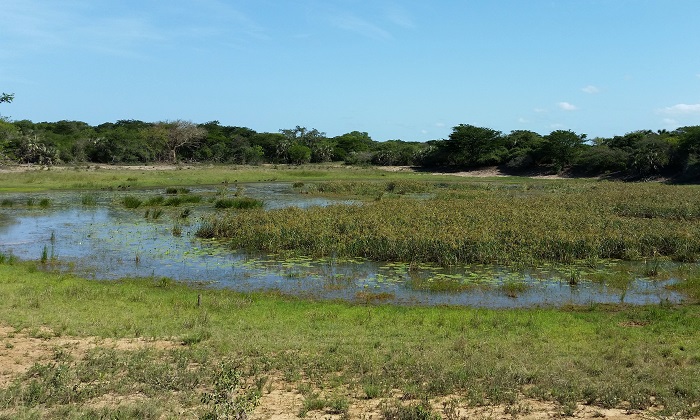
Photo by Ryan Tippett
Behaviour
The Ferruginous Glider is a powerful, smooth flyer that spends much of its time on the wing. It mostly hunts in bush country away from the water. The Ferruginous Glider periodically perches on the tops of bushes, reeds, or trees. It is often gregarious and both sexes occur in the same vicinity. Tramea limbata is nomadic with erratic movements linked to rainfall.
The Ferruginous Glider is on the wing from November to May
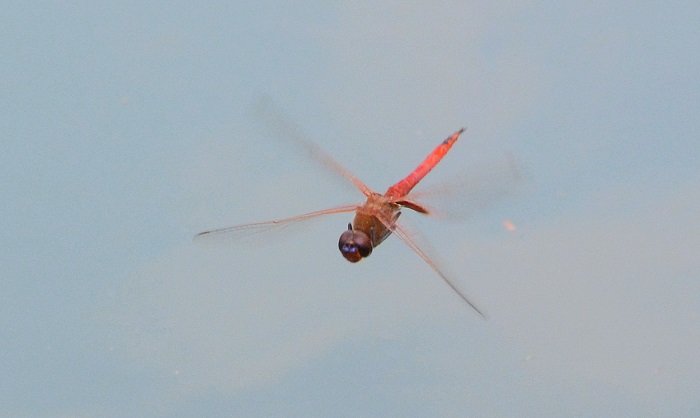
Hluhluwe district, KwaZulu-Natal
Photo by Ryan Tippett
Status and Conservation
The Ferruginous Glider is common and is listed as of Least Concern in the IUCN Red List of Threatened Species. This is a hardy and adaptable species that readily utilises temporary, degraded, and man-made water bodies.
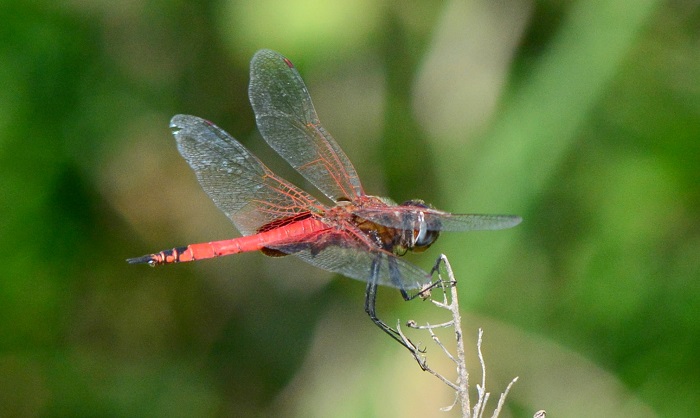
Mpempe Pan, KwaZulu-Natal
Photo by Ryan Tippett
Distribution
Tramea limbata has a very wide distribution. It is erratically distributed throughout sub-Saharan Africa and is also found on Madagascar and many of the Indian Ocean islands. Populations also occur in parts of the Middle East and Western Asia.
In South Africa, the Ferruginous Glider is found primarily in the north, east and south of the country. It largely avoids the more arid central interior, although vagrants may appear almost anywhere. It is most abundant in KwaZulu-Natal and the Western Cape. The Ferruginous Glider also occurs widely in Mpumalanga, Gauteng, North-West, and Limpopo.
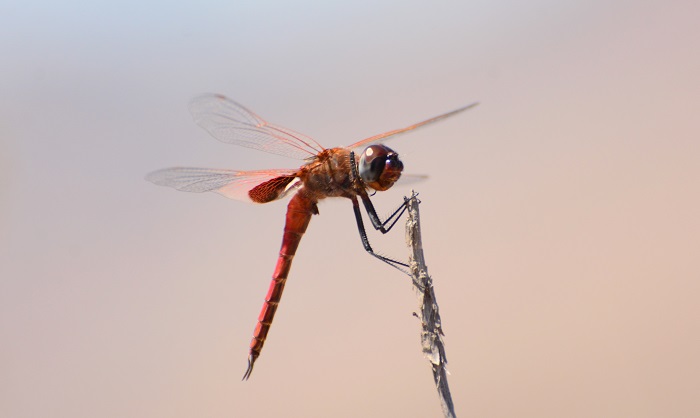
Montagu, Western Cape
Photo by Ryan Tippett
Below is a map showing the distribution of records for Ferruginous Glider in the OdonataMAP database as at February 2020.
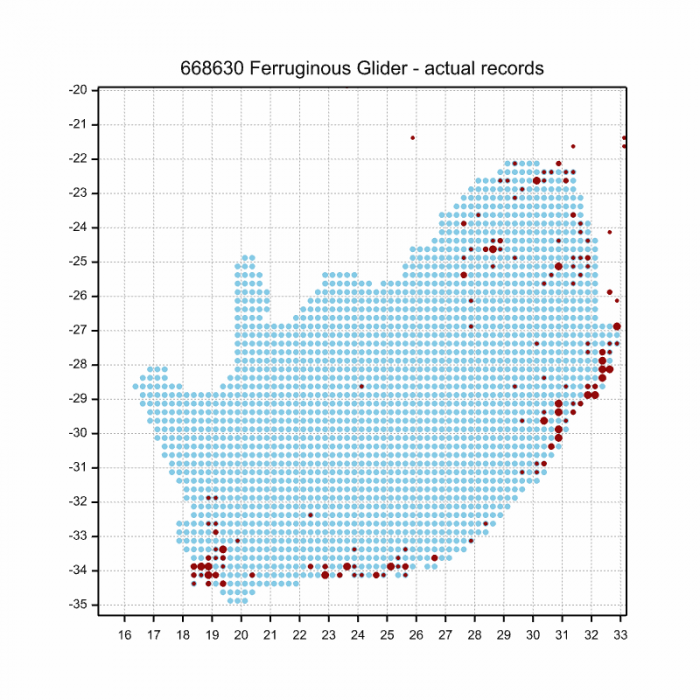
Below is a map showing the distribution of records for Ferruginous Glider in the OdonataMAP database as of December 2024.
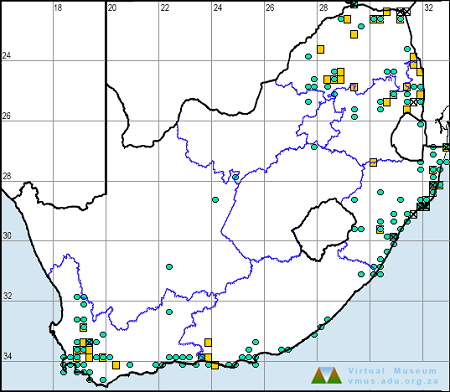
The next map below is an imputed map, produced by an interpolation algorithm, which attempts to generate a full distribution map from the partial information in the map above. This map will be improved by the submission of records to the OdonataMAP section of the Virtual Museum.
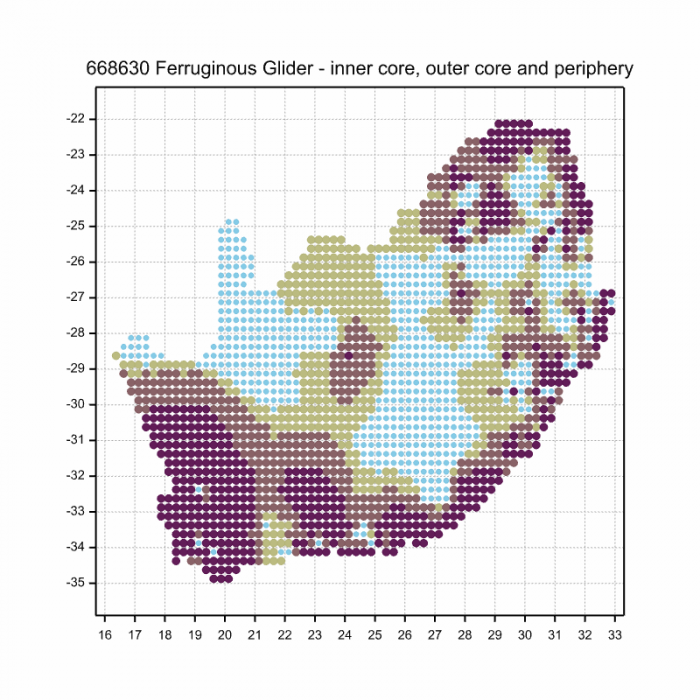

Ultimately, we will produce a series of maps for all the odonata species in the region. The current algorithm is a new algorithm. The objective is mainly to produce “smoothed” maps that could go into a field guide for odonata. This basic version of the algorithm (as mapped above) does not make use of “explanatory variables” (e.g. altitude, terrain roughness, presence of freshwater — we will be producing maps that take these variables into account soon). Currently, it only makes use of the OdonataMAP records for the species being mapped, as well as all the other records of all other species. The basic maps are “optimistic” and will generally show ranges to be larger than what they probably are.
These maps use the data in the OdonataMAP section of the Virtual Museum, and also the database assembled by the previous JRS funded project, which was led by Professor Michael Samways and Dr KD Dijkstra.
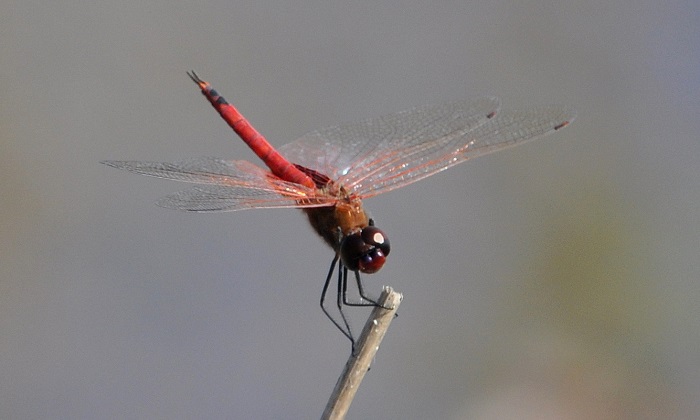
Ehlatini Bush Camp, KwaZulu-Natal
Photo by Ryan Tippett
Further Resources
The use of photographs by Georg Jacobs and Gerhard Diedericks is acknowledged. All other photographs by Ryan Tippett.
Ferruginous Glider Tramea limbata (Desjardins, 1832)
Other common names: Voyaging Glider (Alternative English Name); Enkelbandswewer (Afrikaans)
Recommended citation format: Loftie-Eaton M; Navarro R; Tippett RM; Underhill L. 2025. Ferruginous Glider Tramea limbata. Biodiversity and Development Institute. Available online at https://thebdi.org/2020/05/12/ferruginous-glider-tramea-limbata/
References: Tarboton, M; Tarboton, W. (2019). A Guide to the Dragonflies & Damselflies of South Africa. Struik Nature.
Samways, MJ. (2008). Dragonflies and Damselflies of South Africa. Pensoft
Samways, MJ. (2016). Manual of Freshwater Assessment for South Africa: Dragonfly Biotic Index. Suricata 2. South African National Biodiversity Institute, Pretoria
Martens, A; Suhling, F. (2007). Dragonflies and Damselflies of Namibia. Gamsberg Macmillan.
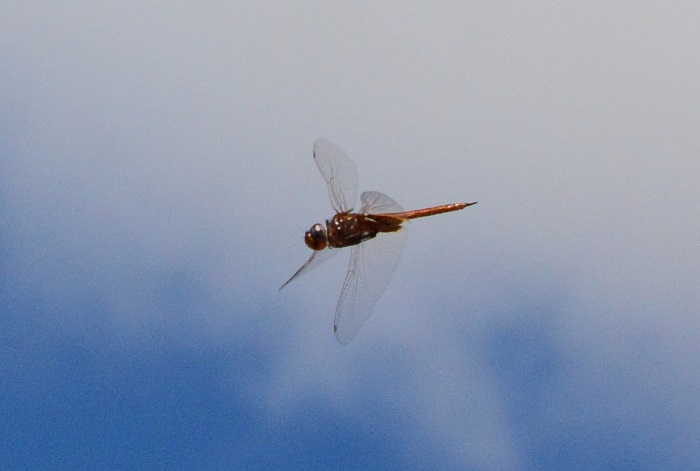
Paardenberg, Western Cape
Photo by Ryan Tippett

